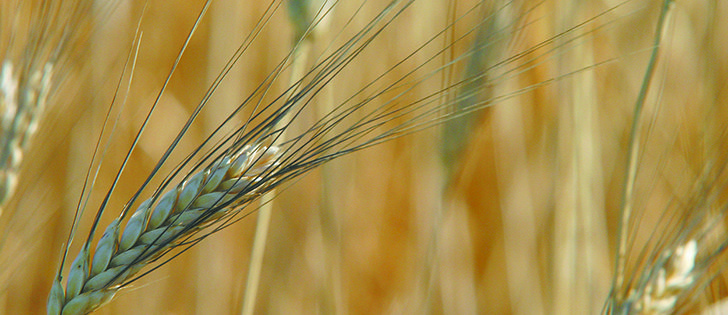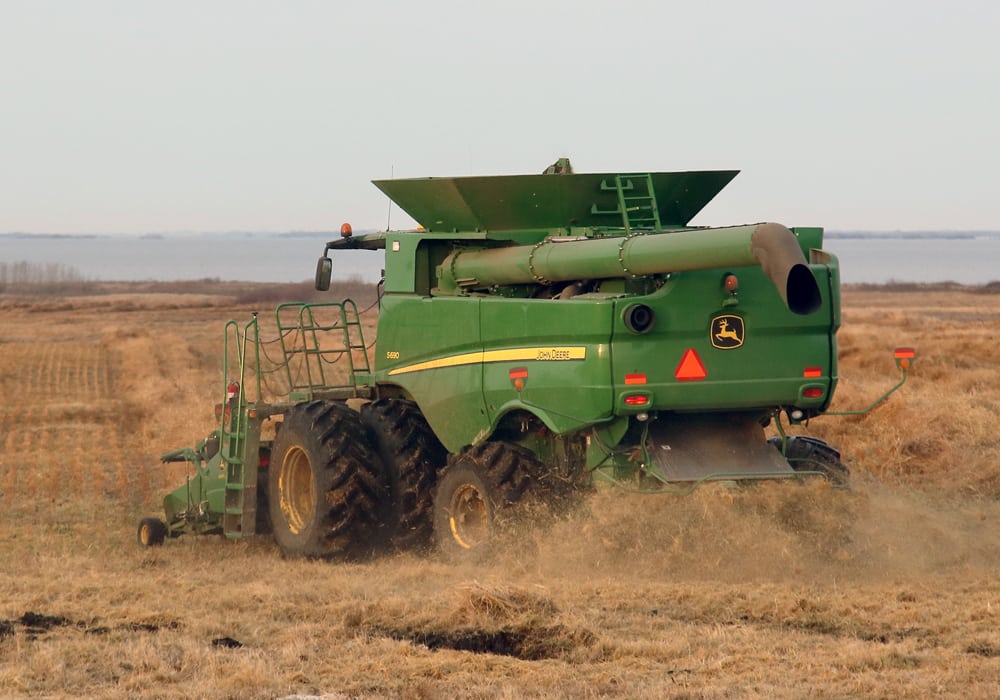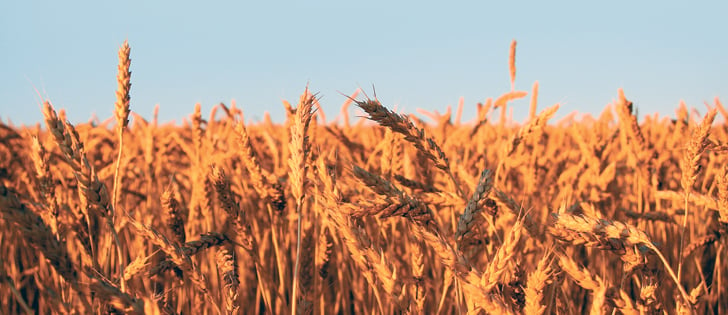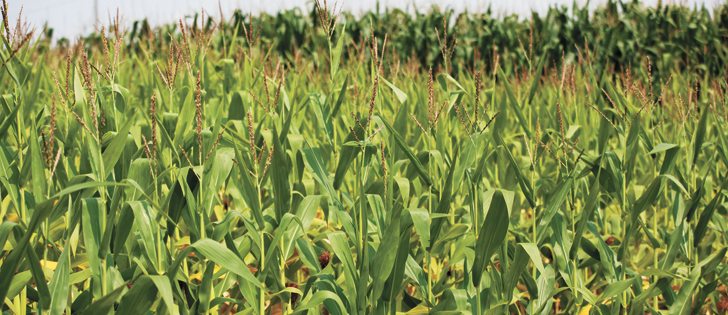5.5 million tonne crop coming | Yields high, but protein levels are lower than normal
Early signals from Western Canada’s top durum producing regions point to lower-than-normal protein levels in this year’s crop.
In southwestern Saskatchewan, sources say average protein levels in top grades of milling wheat could be 0.5 to one percentage point below average.
And in southern Alberta, many durum samples show protein at 11 to 11.5 percent, well below last year’s mean in Western Canada of 12.7 percent for No. 1 CWAD.
Warren Mareschal, manager of grain sales and procurement with South West Terminal, said durum yields around Gull Lake, Sask., will be higher than normal, but protein will likely be down.
Read Also

Farm groups ask feds for export sales reporting
The Agricultural Producers Association of Saskatchewan and SaskCrops asks the federal government to create an Export Sales Reporting program.
“(We’re) seeing quite a bit of durum now and quality is varying from region to region,” Mareschal said in a Sept. 9 email.
“The first stuff (is) looking good with exception of (the) odd ergot, which has downgraded some to 2CWAD and some in the 3CWAD range. Protein is lower than usual and probably averaging 12.0 (percent).
“Protein is low for the most part, and HVK (hard vitreous kernels) could become an issue as well.”
Randy Spetz, grain operations manager with Lethbridge Inland Terminal at Lethbridge, said wheat protein is down in his area, averaging around 13 to 13.5 percent in red spring wheat.
“Last year we were probably between 13.5 to 13.8 (percent) protein. Durum, we haven’t seen a lot of samples, but most of it has been low so far, probably around the 11 to 11.5 protein range.”
Wheat protein is conversely related to yield. In general, higher yielding crops will produce lower protein levels.
Market experts at CWB have predicted a lower protein wheat crop for some time.
CWB expects average protein in durum to be 12.5 percent, down slightly from last year.
Neil Townsend, CWB director of market research, said that estimate might be high.
He said durum yields are better than expected in many areas and protein values in some areas are lower than anticipated.
Nonetheless, there will be plenty of high protein durum in Western Canada, he said.
“We’re looking at basically a 5.5 million tonne durum crop, so about a million (tonnes) more than last year and quite a big crop overall for durum,” Townsend said.
“Within that amount, there’s still going to be a proportion of that that has 13 (percent) plus protein. It’s a little overstated (to suggest) that there won’t be any protein supply around. … It’s just that the general characteristic of the crop is a lower protein crop.”
Townsend said western Canadian durum growers might see widening protein spreads, depending on the harvest.
Daphne Cruise, regional crop specialist with Saskatchewan Agriculture, said a complete picture of this durum harvest has yet to emerge.
“I haven’t heard a lot of the quality side,” Cruise said.
“Everybody is still talking about the high yields that they’ve been getting. It sounds like it’s above average yields for most areas in the southwest and west-central.”
The Canadian Grain Commission’s annual harvest sample program collects grain samples from Western Canadian farmers and analyzes them to assess protein and overall quality.
Twylla McKendry, head of the harvest sample programs, said that as of Aug 30, the program had received only 18 CWRS samples, one CWAD, and 15 CWRW.
“(It’s) way too soon to predict anything from our end,” she said.
Some markets for Canadian durum are less concerned with protein than others.
North African buyers place less emphasis on durum protein than those in Japan and the United States.
However, if most the North American crop comes off around 11 to 12 percent protein, then demand for durum with 12.5 to 13.5 percent protein is likely to rise a lot.
“Further out, buyers in the U.S. milling are going to need a certain amount of protein,” said Mareschal.
Last year, Western Canada’s durum crop had a mean protein content of 12.9 percent for all milling grades.
That was up a lot from the 2011 mean of 12.3 percent.
















